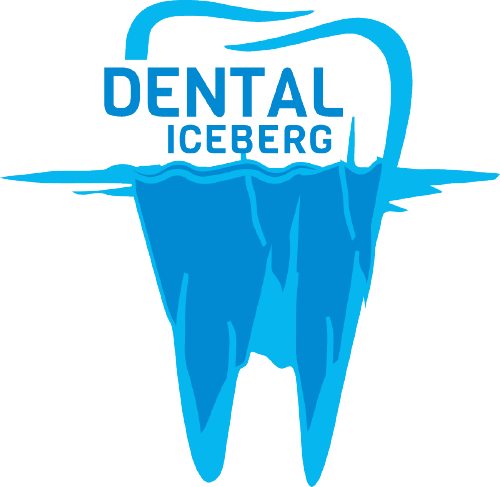What Makes This Course Unmissable?
-
Latest Updates on PRF
Stay at the forefront of regenerative dentistry with the latest advancements in PRF and Sticky Bone techniques. Master cutting-edge applications for bone augmentation and soft tissue regeneration, alongside the biological principles of bone and soft tissue healing.
-
Expert Guidance
Learn from Dr. Joseph Choukroun, the inventor of PRF and a globally renowned authority in regenerative dentistry. With over 25 years of clinical and biological expertise, Dr. Choukroun offers unparalleled insights into PRF applications in dental implantology and oral surgery, as well as peri-implantitis management and strategies for implant success.
-
️ Hands-On Training
Phlebotomy and blood drawing, Sticky Bone preparation
-
Predictable Outcomes in Implantology
Gain confidence in managing complex cases with predictable and effective results, ensuring success in your dental implantology and bone regeneration procedures.



